Growing vegetables in a greenhouse can have many benefits. Compared to traditional gardening, greenhouses allow growers to control and manage environmental conditions to protect the crops inside. Whether you run a commercial operation that produces fresh greens or leaf lettuce, vegetable greenhouses can be a great way to maximize your yield.
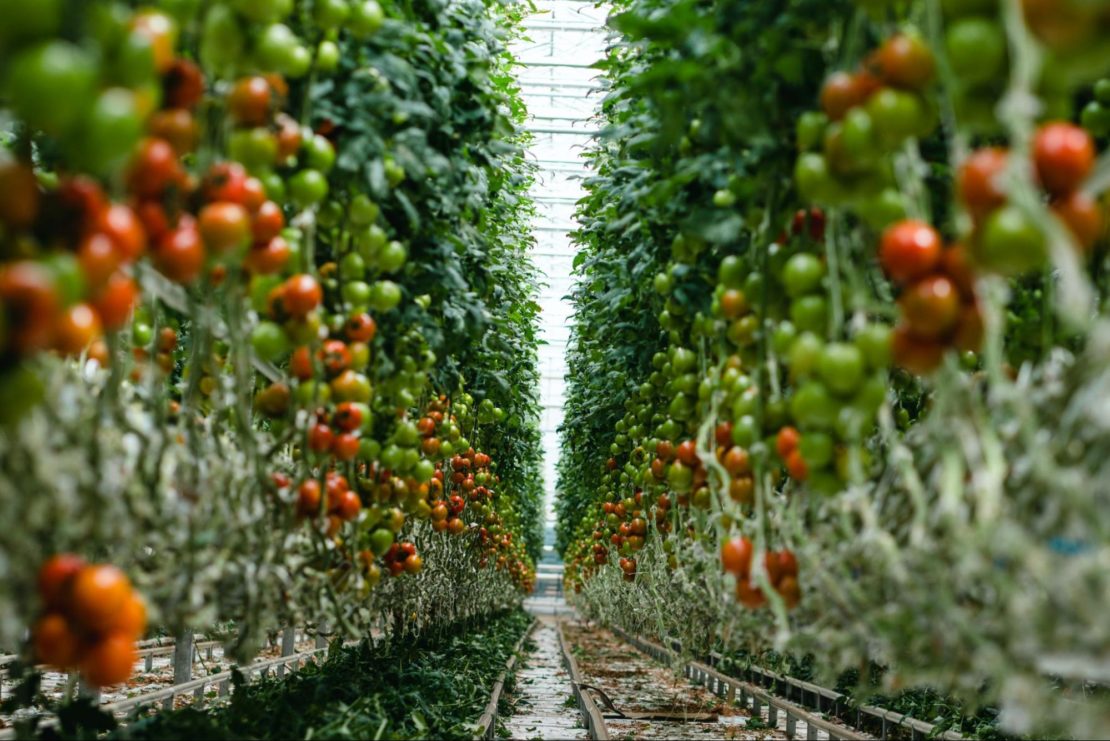
A Step by Step Guide to Greenhouse Gardening for Beginners
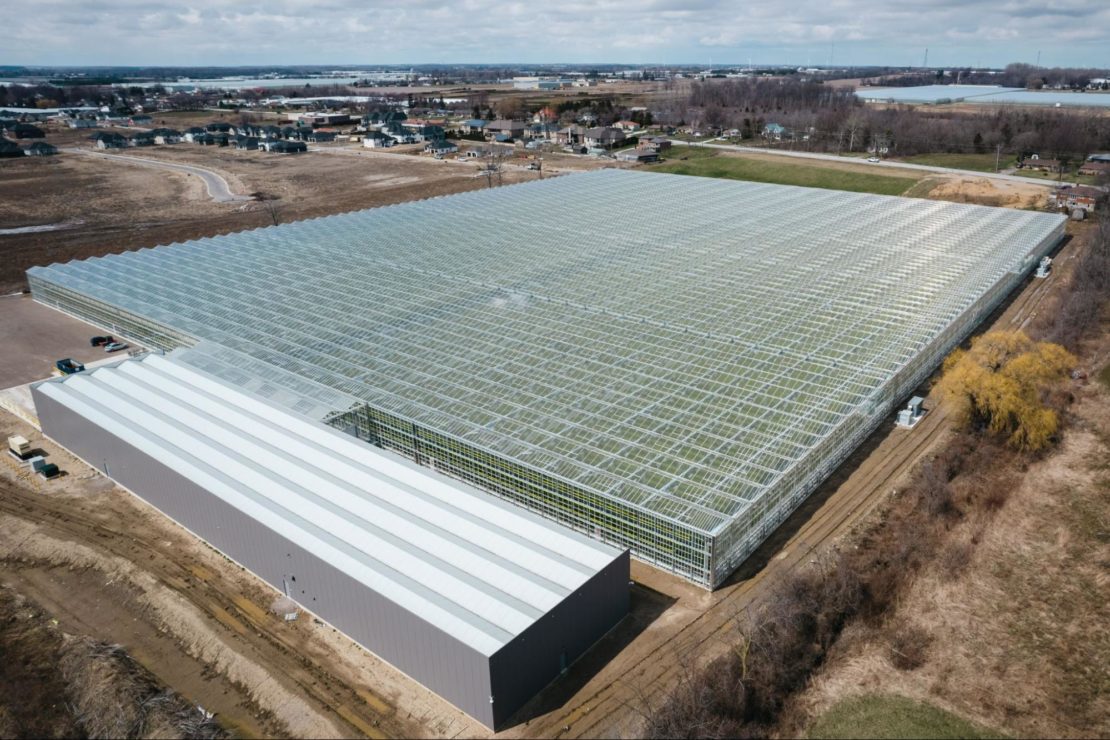
If you’re considering a vegetable greenhouse for your commercial operation, Prospiant can help. Our team of general contractors, engineers, and growing experts can take you from initial design to a completed greenhouse product.
Not sure if greenhouse growing is right for you? Here is an outline of the steps you’ll need to take to set up a successful vegetable greenhouse.
Choosing the Site for Your Greenhouse
First, you’ll need to choose the site for your greenhouse. The right site depends on your local climate, warm season, the types of fresh vegetables you grow, and any local or state regulations you need to follow. It’s helpful to work with a Prospiant contractor to choose your site so you can begin outlining the plans for your greenhouse. Once you find the right location, you may need to lay a concrete foundation for your greenhouse. However, depending on your site and individual project, this may not be necessary.
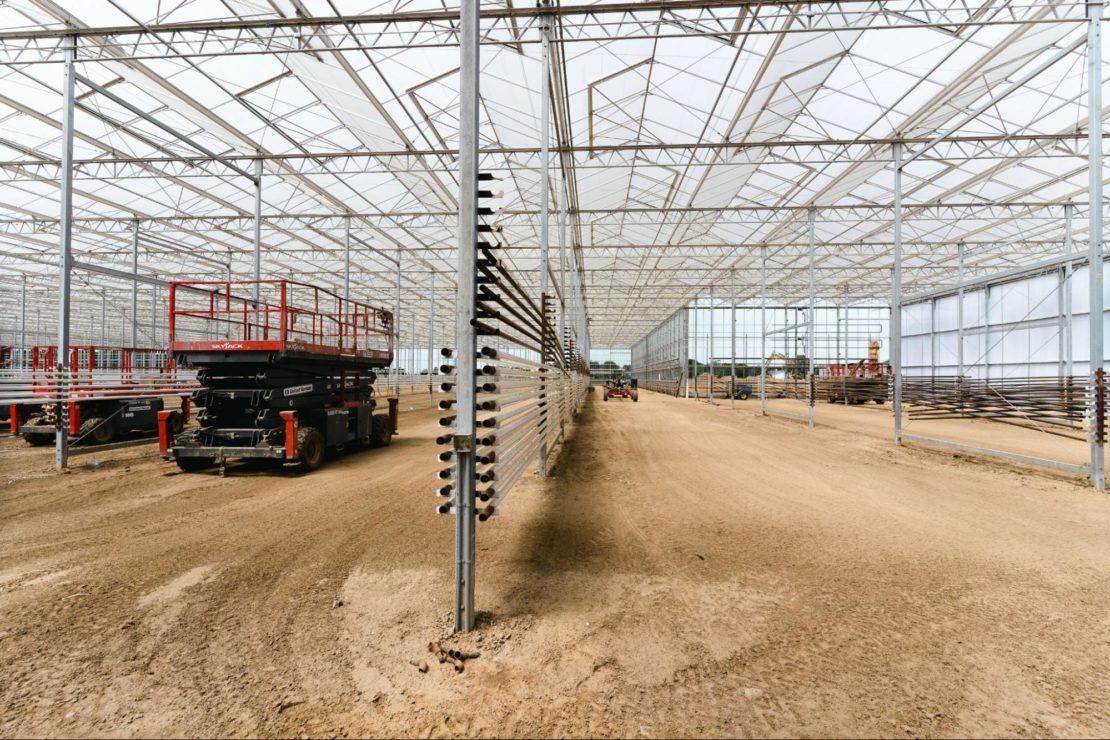
Building the Frame of Your Vegetable Greenhouse
Once the site is chosen and approved, you’ll need to select the proper greenhouse structure for your operations. Then, the materials will be delivered, and the building can begin. To build a commercial vegetable greenhouse, you’ll need to work with a general contractor, engineers, builders, and other experts. With the help of the Prospiant team, you can organize your construction process and prepare to build the frame.
Building the frame is the first step in assembling a greenhouse. The frame includes the walls, side posts, end walls, and more. Once your builders place the frame, you can begin working on the supplemental lighting, air circulation, and other details.
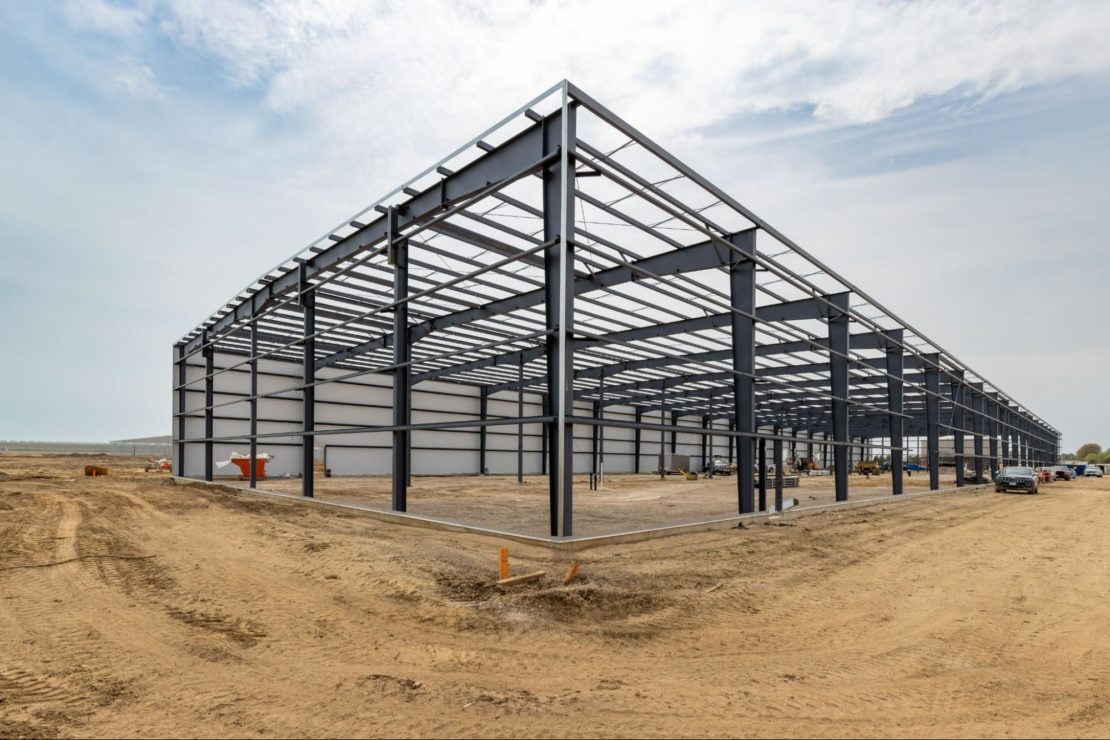
Putting Glazing Material on Your Vegetable Greenhouse
A greenhouse glazing material refers to the translucent covering of your structure. Common glazing materials include glass, poly-film, and polycarbonate. The glazing material is vital for a vegetable greenhouse, as this determines how the light is received and filtered to your crops.
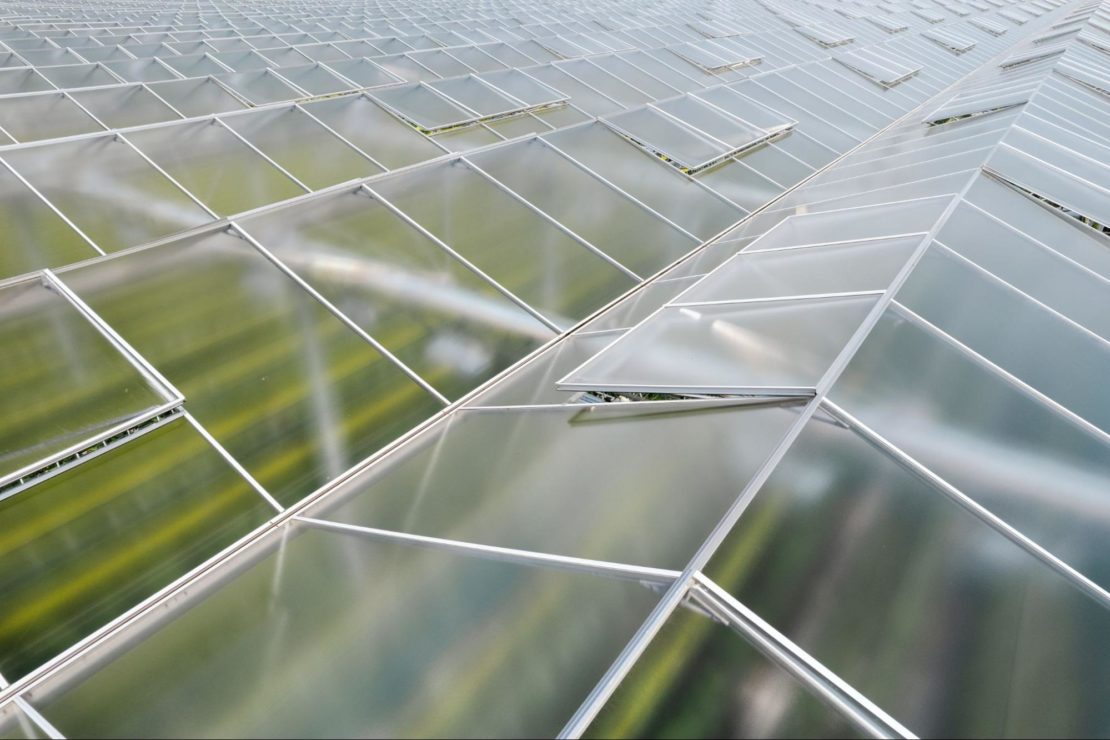
With the help of experts and engineers, you can choose a glazing material that supports your own produce and helps it thrive no matter the growing season. This step may also include installing light abutment structures that partially block light when needed. As the weather warms and the light becomes more direct, you may need light abutment to block out certain levels of light for your vegetables.
Installing Environmental Controlling Mechanisms
Once your greenhouse structure is assembled, it’s time to install environmental controls. The level of control you need over your external environment depends on your local climate and the types of plants you grow. Here are some key factors you’ll need to control in your greenhouse:
- Heat – You’ll need to find a greenhouse heater to protect your vegetables in colder months. For example, if you’re growing tomatoes or pepper plants, having a heated greenhouse can allow these crops to produce even when it’s cold outside or when it’s early spring. You can use different types of greenhouse heating systems that can be automatic or manual, giving growers the chance to adjust the temperature as needed.
- Light – You’ll need to install systems to control and filter light. This can include installing light shades that you can use when the sun is extra strong, and you need to protect your plants.
- Ventilation – Having proper ventilation in your greenhouse helps keep the air flowing and can help maintain moderate temperatures. You can use fans to promote air circulation of warm and cool air throughout your space. Whether you have heat-loving plants or spring vegetables, having proper ventilation is essential to your operations.
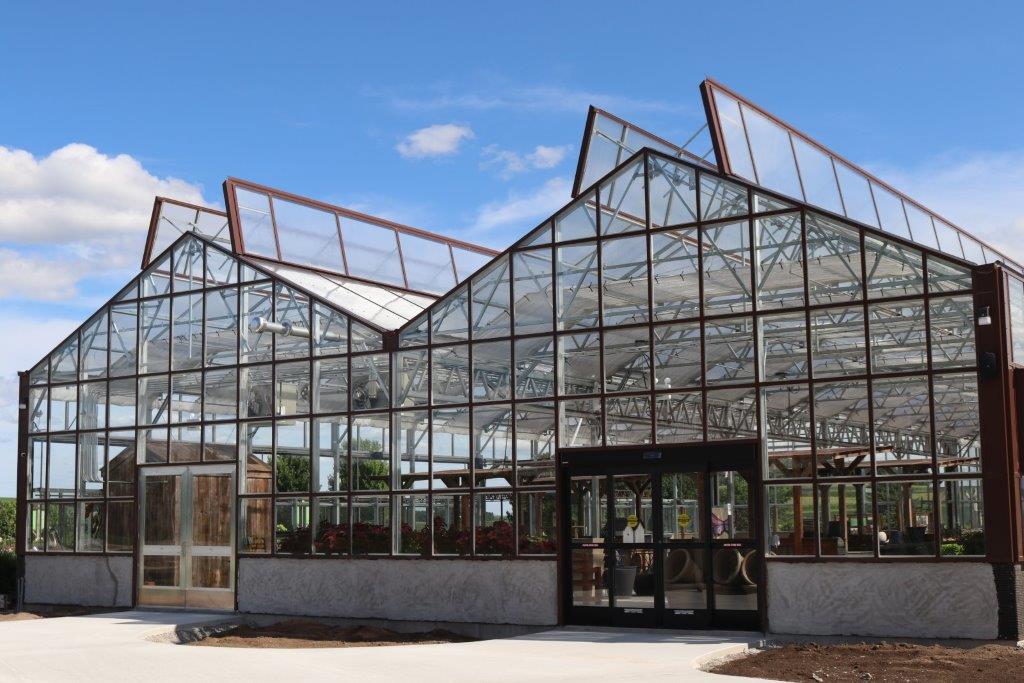
- Pest Protection – Pests may try to find their way into your greenhouse and can seriously damage your plants. To help prevent the threat of pests, you’ll need to install a system to spray insecticidal soaps or work with your team to set up a rigorous monitoring schedule to watch for pests. Insect screens can be added to the greenhouse, preventing bugs from getting in. Also, make sure to only bring in clean plants to your greenhouse. Inspect all new additions before adding them to your space. The threat of pests can vary from season to season, but you should always look for bugs and insects on your plants.
Accessorizing Your Vegetable Greenhouse
Your vegetable greenhouse may need additional materials or structures to thrive. Consider if you need extra doors, vents, shelves, and benches. While you can plan for some of these additions, these may come later in the growing process as you learn what your plants need. If you’re unsure what accessories are suitable for your space, consult the experts at Prospiant for help.
Building and growing in a vegetable greenhouse can be an enriching experience. If you know what your plants need and how to utilize the benefits of greenhouse production, you can maximize your yield and have a collection of healthy, thriving plants.
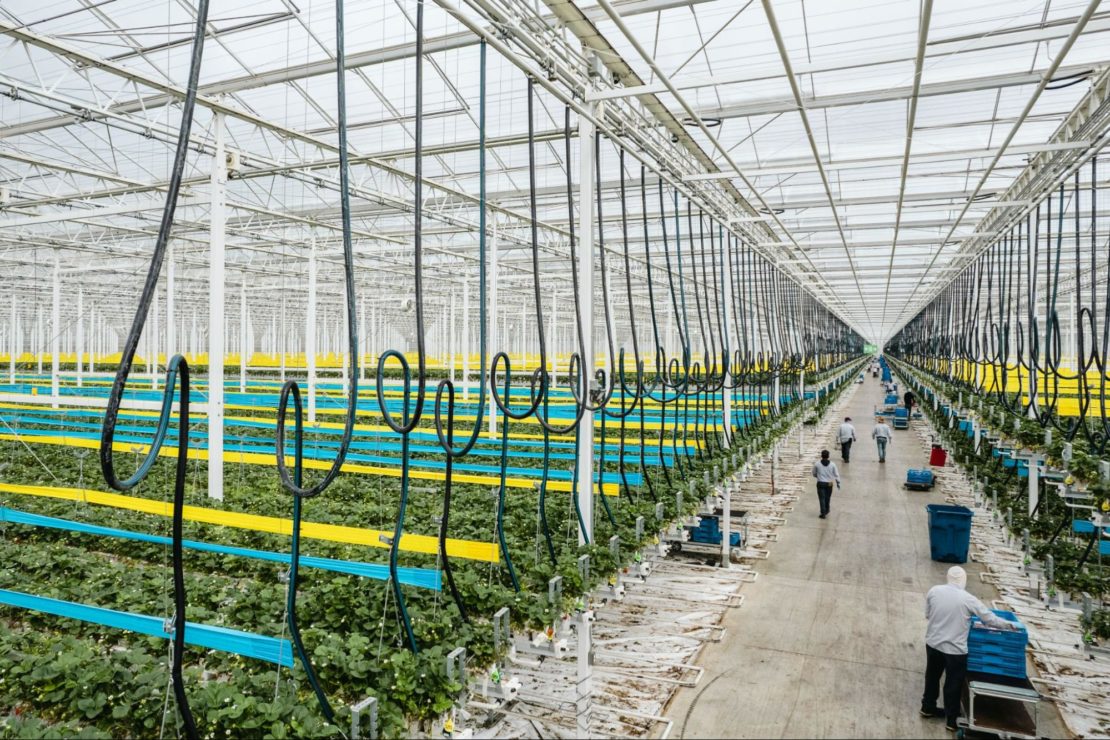
FAQs
What vegetables can you grow in a greenhouse?
You can grow all kinds of vegetables in a large or small greenhouse, like tomatoes, onions, peppers, eggplants, spinach, and more. The right vegetables for your greenhouse depend on your local climate and how much control you have over the indoor conditions.
Is it better to grow vegetables in a greenhouse or outside?
If you want to maximize yield and grow for most of the year, growing vegetables in a greenhouse is the better choice.
